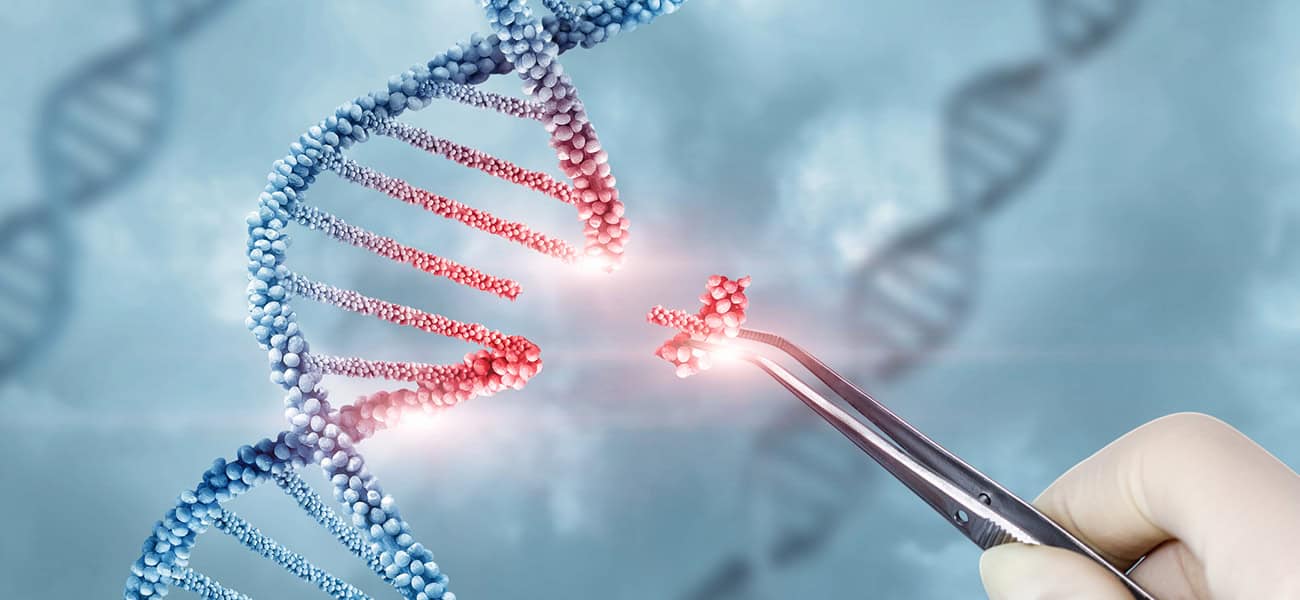
Personalized Gene Editing to Treat an Inborn Error of Metabolism
Gropman AL, Komor AC. N Engl J Med. 2025 May 15;390(20):e47. doi: 10.1056/NEJMe2505721.
Musunuru et al. report a landmark N-of-1 gene-editing intervention targeting carbamoyl-phosphate synthetase 1 (CPS1) deficiency, a rare and severe urea cycle disorder (incidence: ~1 in 800,000–1.3 million births). This autosomal recessive inborn error of metabolism leads to hyperammonemia due to impaired ammonia detoxification in hepatocytes and is often fatal without early intervention.
Clinical Challenge and Innovation
Traditional therapies (e.g., dialysis, protein restriction, ammonia scavengers, and liver transplantation) offer limited efficacy and poor neurodevelopmental outcomes. The novelty in this study lies in the application of adenine base editing (ABE), a CRISPR-based precision tool, to correct a pathogenic nonsense Q335X mutation in CPS1. The authors engineered a personalized editing strategy using a patient-specific guide RNA and selected the most efficient ABE:gRNA pair through in vitro screening in hepatocyte-like cells containing the patient’s mutation.
Key Technical Insights
- Unlike conventional CRISPR, base editing does not create double-strand breaks, reducing the risk of genotoxicity.
- The therapeutic construct (“k-abe”) was tested in humanized liver cell lines, transgenic mice, and nonhuman primates.
- While the mouse model harbored the patient’s mutation, it lacked the full CPS1-deficiency phenotype, limiting phenotypic validation.
Clinical Translation and Limitations
The gene-edited therapy was delivered to a 7-month-old infant, reportedly achieving clinical stabilization. However, absence of liver biopsy leaves critical uncertainties:
- Durability and mosaicism of editing
- Off-target effects or immunogenicity
- Lack of direct molecular confirmation
The study underscores the challenges of delivering individualized gene therapy for ultrarare diseases, including delivery system limitations, mutation-specific strategy development, and ethical-regulatory oversight.
Future Directions Relevant to Reproductive Medicine
- This case exemplifies the trajectory toward in utero or neonatal gene editing, an emerging frontier that could intersect with IVF and PGT applications.
- Development of noninvasive biomarkers (e.g., cell-free DNA, metabolomics) to monitor gene-editing outcomes is of broad translational relevance.
- The findings demonstrate feasibility of single-patient (“N-of-1”) therapeutic development, potentially applicable to monogenic disorders diagnosed preimplantation or in early gestation.
This study exemplifies the growing synergy between reproductive genetics, precision medicine, and gene-editing platforms, setting the stage for future applications in embryo therapy and early postnatal interventions.
Personalized Gene Editing to Treat an Inborn Error of Metabolism
Gropman AL, Komor AC. N Engl J Med. 2025 May 15;390(20):e47. doi: 10.1056/NEJMe2505721.
Musunuru et al. report a landmark N-of-1 gene-editing intervention targeting carbamoyl-phosphate synthetase 1 (CPS1) deficiency, a rare and severe urea cycle disorder (incidence: ~1 in 800,000–1.3 million births). This autosomal recessive inborn error of metabolism leads to hyperammonemia due to impaired ammonia detoxification in hepatocytes and is often fatal without early intervention.
Clinical Challenge and Innovation
Traditional therapies (e.g., dialysis, protein restriction, ammonia scavengers, and liver transplantation) offer limited efficacy and poor neurodevelopmental outcomes. The novelty in this study lies in the application of adenine base editing (ABE), a CRISPR-based precision tool, to correct a pathogenic nonsense Q335X mutation in CPS1. The authors engineered a personalized editing strategy using a patient-specific guide RNA and selected the most efficient ABE:gRNA pair through in vitro screening in hepatocyte-like cells containing the patient’s mutation.
Key Technical Insights
- Unlike conventional CRISPR, base editing does not create double-strand breaks, reducing the risk of genotoxicity.
- The therapeutic construct (“k-abe”) was tested in humanized liver cell lines, transgenic mice, and nonhuman primates.
- While the mouse model harbored the patient’s mutation, it lacked the full CPS1-deficiency phenotype, limiting phenotypic validation.
Clinical Translation and Limitations
The gene-edited therapy was delivered to a 7-month-old infant, reportedly achieving clinical stabilization. However, absence of liver biopsy leaves critical uncertainties:
- Durability and mosaicism of editing
- Off-target effects or immunogenicity
- Lack of direct molecular confirmation
The study underscores the challenges of delivering individualized gene therapy for ultrarare diseases, including delivery system limitations, mutation-specific strategy development, and ethical-regulatory oversight.
Future Directions Relevant to Reproductive Medicine
- This case exemplifies the trajectory toward in utero or neonatal gene editing, an emerging frontier that could intersect with IVF and PGT applications.
- Development of noninvasive biomarkers (e.g., cell-free DNA, metabolomics) to monitor gene-editing outcomes is of broad translational relevance.
- The findings demonstrate feasibility of single-patient (“N-of-1”) therapeutic development, potentially applicable to monogenic disorders diagnosed preimplantation or in early gestation.
This study exemplifies the growing synergy between reproductive genetics, precision medicine, and gene-editing platforms, setting the stage for future applications in embryo therapy and early postnatal interventions.
biweekly insights


